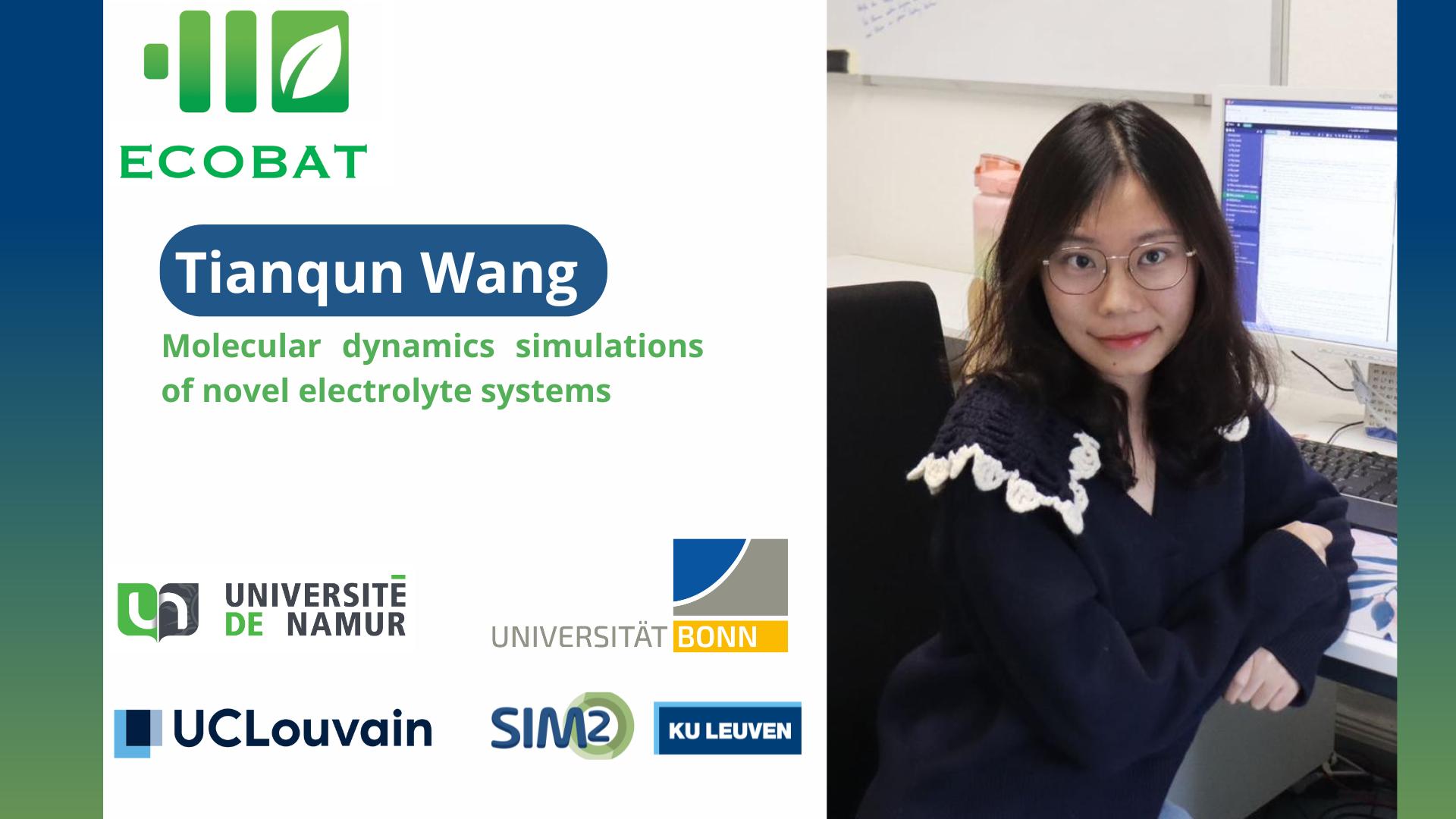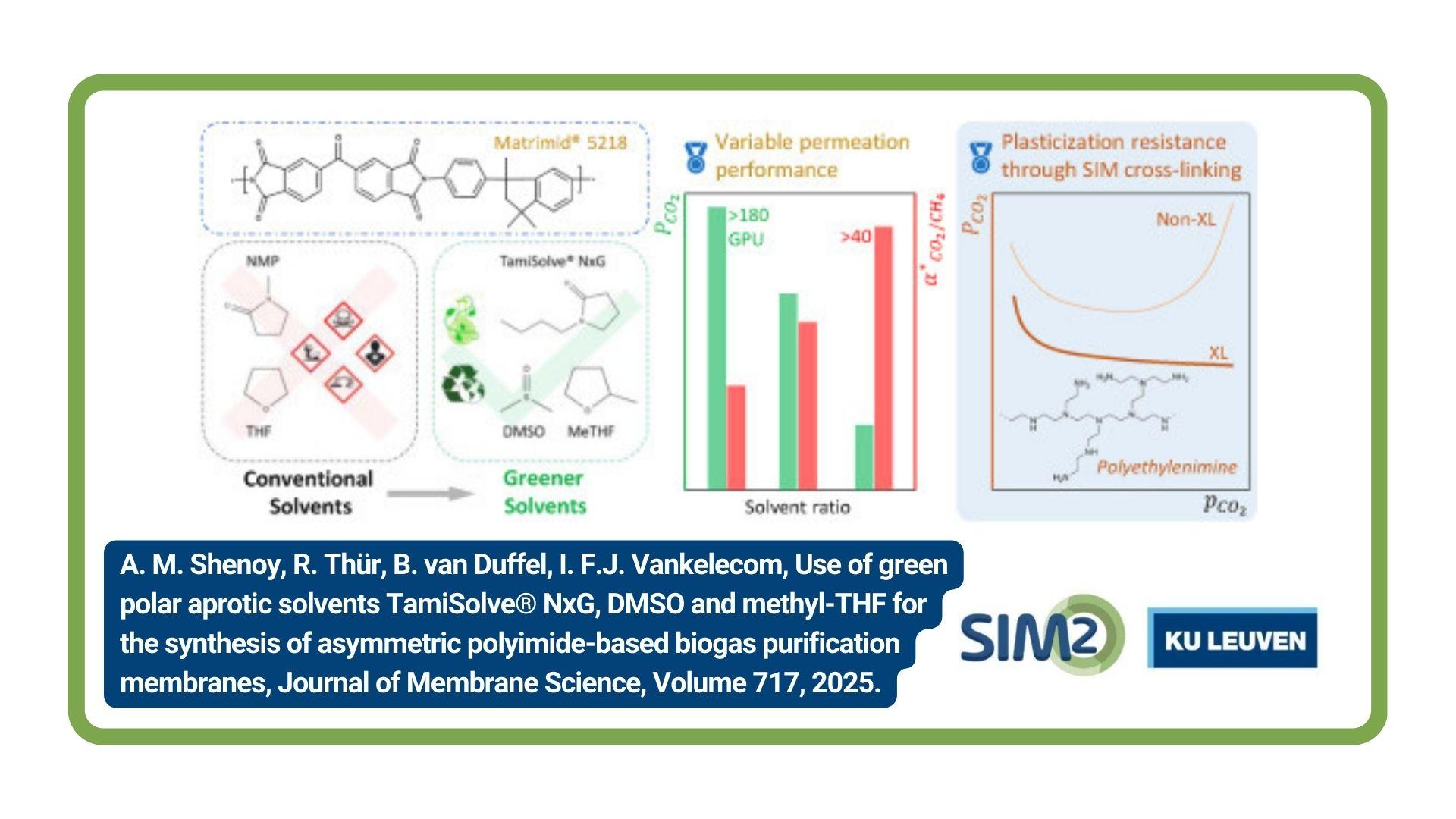SIM² KU Leuven – HiTemp Researchers and their co-authors at SMS (Germany) and Jiangsu University (China) recently published a review paper in Metallurgical and Materials Transactions B, focusing on the fundamental flow physics of top-submerged lance (TSL) gas injection technology/process. In the work, flow characteristics are elaborately discussed under various operational conditions. To capture the real flow physics during industrial processing, extra attention should be paid to the importance of accurately describing slag chemistry and physicochemical properties of a multicomponent slag system. This paper concludes with current progress of TSL flow physics and suggestions for future work.
The growing importance of TSL technology in industry
TSL technology has gained a great popularity in processing different secondary resources, for instance, extracting non-ferrous metals (e.g., copper, zinc, nickel, lead, and cobalt) from waste metallurgical slags or other residues, recycling precious metals (e.g., platinum group metals, selenium, and indium) from waste electric and electronic equipment, and valorising basic oxygen furnace slag toward high-added value products. Wide industrial applications of the TSL technology have been reported, implying large technical advantages.
Current progress in flow physics of TSL technology
Flow physics, namely, flow regime, bubble behavior, melt splashing and sloshing, and flow mixing have been intensively investigated by physical experiments, numerical simulations, and some pilot-scale tests. In-depth insights have been obtained, which can help to understand industrial TSL flows and optimize the process.
General outlook for advancing TSL technology
- High temperature reactive experiments, especially the pilot/plant tests, are necessary to obtain more reliable data for understanding industrial practice;
- It is of significant importance to develop a comprehensive numerical model, which includes a gas–slag–matte–metal multi-phase submodel, a bubble breakage, and coalescence submodel and a detailed reaction kinetics submodel such as for sulfide and oxide systems;
- Detailed studies on gas–slag–matte–metal multi-phase system should be performed under different flow conditions;
- An integrated model approach should be established including thermodynamic model, physicochemical property model, and flow dynamic model.
Full reference of paper
Yannan Wang, Junfeng Wang, Lingling Cao, Zhongfu Cheng, Bart Blanpain, Markus Reuter, Muxing Guo, (2022), The state-of-the-art in the top submerged lance gas injection technology: a review, Metallurgical and Materials Transactions B, 53, 3345-3363. https://doi.org/10.1007/s11663-022-02631-1.
Acknowledgments
The financial support from the start-up funding of Jiangsu University (No. 5501130019) is highly acknowledged. YW would like to give his thanks to Prof. Yuhua Pan from University of Science and Technology Liaoning, China and Dr. Michael Somerville from CSIRO, Australia for providing an internal report on melt splashing measurement at pilot scale.





